How to Properly Charge a 46v NiMH Battery
Charging a 46v NiMH battery properly is essential for ensuring long life, optimal performance, and safety. NiMH batteries are widely used in electric bikes, scooters, and other portable electronics. One of the key factors to consider when charging NiMH batteries is their Amp Hours (Ah), which indicates the battery’s total energy capacity. Understanding Amp Hours helps you determine the correct charging current, time, and method, preventing overcharge or undercharge situations. In this comprehensive guide, we will cover everything from basic NiMH charging principles to advanced tips, while highlighting the importance of Amp Hours throughout the process.
- Understanding Amp Hours in 46v NiMH Batteries
- Choosing the Right Charger Based on Amp Hours
- Amp Hours and Charging Methods
- Monitoring Voltage and Amp Hours
- Amp Hours and Temperature Management
- Amp Hours and Battery Maintenance
- Amp Hours and Charging Troubleshooting
- Amp Hours in Series and Parallel Configurations
- Amp Hours and Fast Charging Technologies
- Amp Hours and Real-World Applications
- Final Thoughts on Amp Hours and Proper Charging
Understanding Amp Hours in 46v NiMH Batteries
Amp Hours (Ah) represent the total charge a battery can deliver at a specified voltage over time. For a 46v NiMH battery, the Ah rating helps determine how long the battery will power your device and how much current is safe to use during charging.
Why Amp Hours Matter
The Amp Hours rating directly impacts charging time. For example, a 46v 10Ah battery can theoretically provide 10 amps for one hour or 1 amp for 10 hours. Knowing the Amp Hours helps you calculate the correct charge rate and avoid damaging the cells.
Calculating Expected Runtime
Amp Hours allow you to estimate how long your battery will last under a specific load. For instance, if your e-bike consumes 2A continuously, a 10Ah battery will last approximately 5 hours (10Ah ÷ 2A). This also helps in planning the charging schedule.
Choosing the Right Charger Based on Amp Hours
Selecting an appropriate charger is critical for safely charging your 46v NiMH battery.
Charger Current and Amp Hours
The charger’s output current should typically be 0.1C to 0.3C of the battery’s Ah rating. For a 10Ah battery, this translates to a charging current of 1–3A. Charging at a higher current can overheat the cells and reduce lifespan.
Charger Type
Use a charger designed for NiMH batteries. Smart chargers with automatic cutoff features prevent overcharging and maintain Amp Hours efficiency.
>>See also How to Estimate Solar Energy Production Based on Your Location
Amp Hours and Charging Methods
Trickle Charging
Trickle charging is a slow charging method that gradually replenishes the battery. It is ideal for maintaining the Amp Hours of older or partially discharged batteries.
Standard Charging
Standard charging involves applying a consistent current until the battery reaches full voltage. Monitor the battery’s temperature to avoid loss of Amp Hours due to overheating.
Fast Charging Considerations
Fast charging can reduce total charging time, but excessive current may lower effective Amp Hours. Only use high-rate chargers if they are designed for your specific 46v NiMH battery.
Monitoring Voltage and Amp Hours
Peak Voltage Method
NiMH batteries require monitoring of voltage to prevent overcharging. Fully charged NiMH cells typically reach 1.4–1.45V per cell. For a 46v battery (typically 36–38 cells), peak voltage helps estimate Amp Hours consumed during charging.
Delta-V Detection
Smart chargers use delta-V detection to sense the slight voltage drop when the battery is fully charged, preventing overcharge and preserving Amp Hours.
Amp Hours and Temperature Management
Why Temperature Matters
Charging generates heat, which can affect NiMH battery lifespan and effective Amp Hours. Excessive heat can reduce capacity and increase self-discharge.
Cooling Tips
Charge in a well-ventilated area and avoid direct sunlight. Some chargers include temperature sensors to adjust current based on cell temperature, helping maintain Amp Hours efficiency.
Overheating Prevention
Stop charging immediately if the battery becomes excessively hot. Monitoring temperature preserves Amp Hours and prevents safety hazards.
Amp Hours and Battery Maintenance
Proper maintenance ensures long-term performance and retention of Amp Hours.
Regular Cycling
NiMH batteries benefit from occasional full discharge and recharge cycles to prevent memory effect, maintaining Amp Hours capacity.
Storage Guidelines
Store batteries at partial charge (~50–60%) in a cool, dry place. This prevents loss of Amp Hours over time due to self-discharge.
Avoid Deep Discharge
Exceeding the recommended depth of discharge can permanently reduce Amp Hours. Aim to recharge before reaching low voltage thresholds.
Amp Hours and Charging Troubleshooting
Common Issues
Battery not reaching full charge
Excessive heat during charging
Reduced runtime (lower Amp Hours)
Solutions
Verify charger output and compatibility with Amp Hours
Inspect cells for damage or wear
Use a smart charger with proper cutoff to restore Amp Hours
Amp Hours in Series and Parallel Configurations
Series Configuration
Connecting NiMH cells in series increases voltage while keeping Amp Hours the same. For a 46v battery pack, series connection ensures correct voltage without affecting Amp Hours.
Parallel Configuration
Parallel connections increase total Amp Hours, allowing longer runtime. Ensure balanced cells with similar Amp Hours to prevent overcharging or undercharging issues.
Balancing and Monitoring
Battery management systems (BMS) help maintain balance across series and parallel cells, preserving Amp Hours and battery life.
>>See also How to Know How Much Power Your Device Uses
Amp Hours and Fast Charging Technologies
Pulse Charging
Pulse charging applies intermittent bursts of current, reducing heat buildup and maintaining Amp Hours.
Smart Charging Algorithms
Advanced chargers adjust current and duration based on remaining Amp Hours, temperature, and cell condition. This ensures maximum energy storage without overcharging.
Safety Features
Overcurrent protection, delta-V cutoff, and temperature monitoring preserve Amp Hours and prevent hazardous conditions.
Amp Hours and Real-World Applications
E-Bikes
Amp Hours determine how far an e-bike can travel. A 46v 10Ah battery might deliver 30–40 km depending on load and terrain. Proper charging ensures maximum Amp Hours retention.
Portable Electronics
NiMH batteries in tools and devices rely on Amp Hours for runtime. Maintaining proper charging practices preserves usability.
Renewable Energy Systems
NiMH packs can serve as backup storage, where Amp Hours calculation ensures adequate energy supply for extended use.
Final Thoughts on Amp Hours and Proper Charging
Properly charging a 46v NiMH battery requires understanding the battery’s Amp Hours, selecting the right charger, monitoring voltage and temperature, and practicing regular maintenance. Amp Hours provide a benchmark for expected runtime, charge rate, and safe operation. Following the guidelines outlined in this article helps preserve battery life, maximize energy efficiency, and ensure safety. With careful attention to Amp Hours, smart charging methods, and environmental considerations, your 46v NiMH battery can perform reliably for many years, providing consistent power for e-bikes, electronics, and other applications. Amp Hours are the true measure of battery health and the key to effective charging practices.

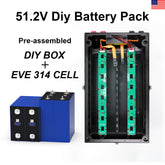

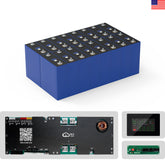

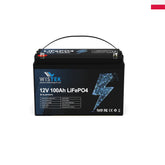
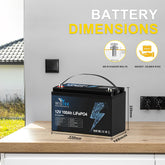
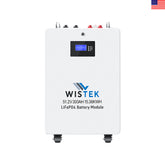
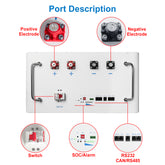
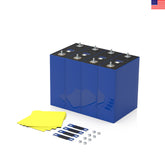
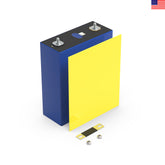
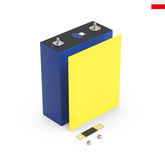

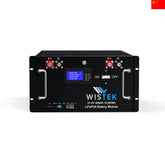
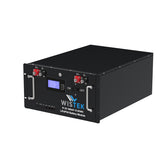
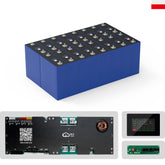








Leave a comment
All blog comments are checked prior to publishing